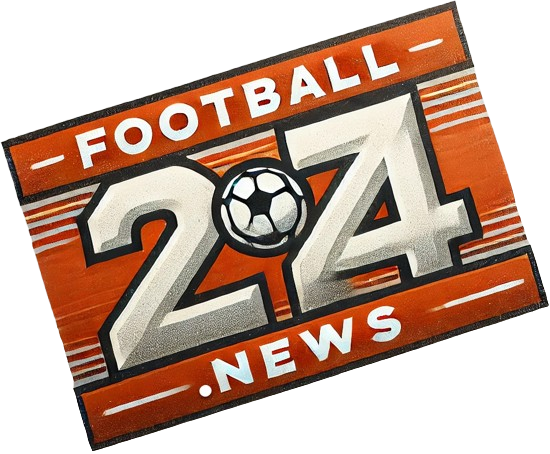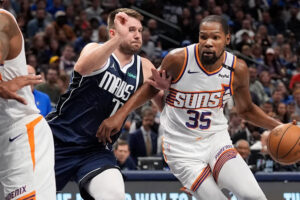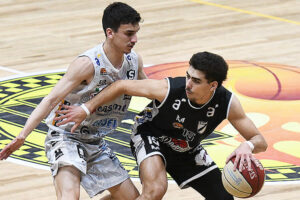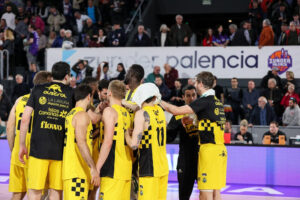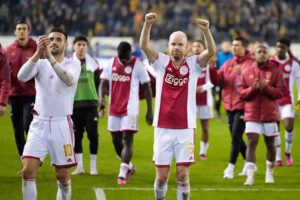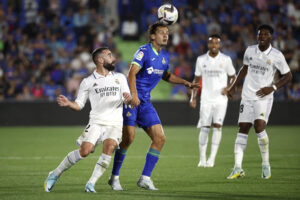The news passed as one more, but it is not one more. San Lorenzo agreed to pay ten former players a debt close to 200 million pesos with a modality that has almost no antecedents. It will do so with international TV rights and future sales of other professionals like them. In the information maelstrom that always fuels football, the sports media process little and exude superficiality. Data is thrown away without asking why certain things happen. Why is a large club forced to settle its salary commitments with former employees with the income from the Copa Libertadores or from passes from other footballers like them?
The agreement by public deed “has almost no antecedents in Argentina”, he tells Page 12 the lawyer for Agremiados, Juan Angel Confalonieri. It is even endorsed by the AFA and Conmebol, which will pay the institution of Boedo meager or tempting income depending on how it goes in the next edition of the most important South American tournament. The team that Diego Dabove now leads will enter the repechage. It favored him that Defense and Justice won the final of the South American Cup against Lanús.
The parties involved, leaders and footballers, defined the agreement as “very good.” He was praised by Sergio Marchi, the general secretary of the union and explained in more detail by the lawyer: “What happened is unusual. It was signed on February 1 and although there was a reduction in the original amount owed, it is almost two million dollars ”. The global amount claimed was 300 million pesos. It was lowered a third. A couple of the ten players who agreed to pay this way had left San Lorenzo between 2018 and 2019. Almost two and a half years ago. Marcos Angeleri left the club in June 2018. Ariel Rojas in September 2019. The rest are Adam Bareiro, Rubén Botta, Jonathan Herrera -the last to leave at the end of 2020-, Gonzalo Castellani, Gerónimo Poblete, Gonzalo Rodríguez, Alejandro Molina and Rodrigo Tapia.
San Lorenzo could not have hired reinforcements without the economic agreement. The current system of inhibitions -which takes more strength in each opening of the transfer market- prevented it. He was able to present the free debt in the AFA because he advanced a part of the agreed money. The ten footballers who entered into this payment commitment appealed to the union although there are others who did so but are still in conflict. The most complicated case is that of Ignacio Piatti. His current contract was terminated and he sent a letter document in which he invoked the presidential decree that suspends the layoffs in the country. It is possible that everything ends in a trial. Two other players who are no longer in the squad, Fernando Belluschi, who was last in Lanús, and Ezequiel Ávila, at Osasuna in Spain, arranged their debts with the club privately.
The approved agreement by which San Lorenzo transferred its economic rights to TV and future transfers was signed by the Secretary General Miguel Mastrosimone and the Protorero Carlos Rosales, although President Marcelo Tinelli also participated in the conversations with members. “We knew that the rights of the club were in a position to be transferred and the leaders wanted to give a solution to the problem”, Confalonieri added.
The 200 million pesos contained in this arrangement are just one part of the large debts that most clubs have with their players. Independiente is another case, although his creditors still remain on the campus, unlike San Lorenzo. River is mentioned repeatedly for the unpaid commitments with its players, although it seems a taboo case for journalism or handles its problems in another way. The enormous difficulties posed by the widespread pandemic did not make this season much worse than others. Although the institutions were deprived of extra income such as ticket sales, they kept TV rights, sponsors or social fees and subscriptions that members continued to pay in a considerable percentage. He was recognized by leaders of Boca, River and Lanús, among other clubs.
Argentine soccer always has one more life, although its economy always flirted with the default.
[email protected]
